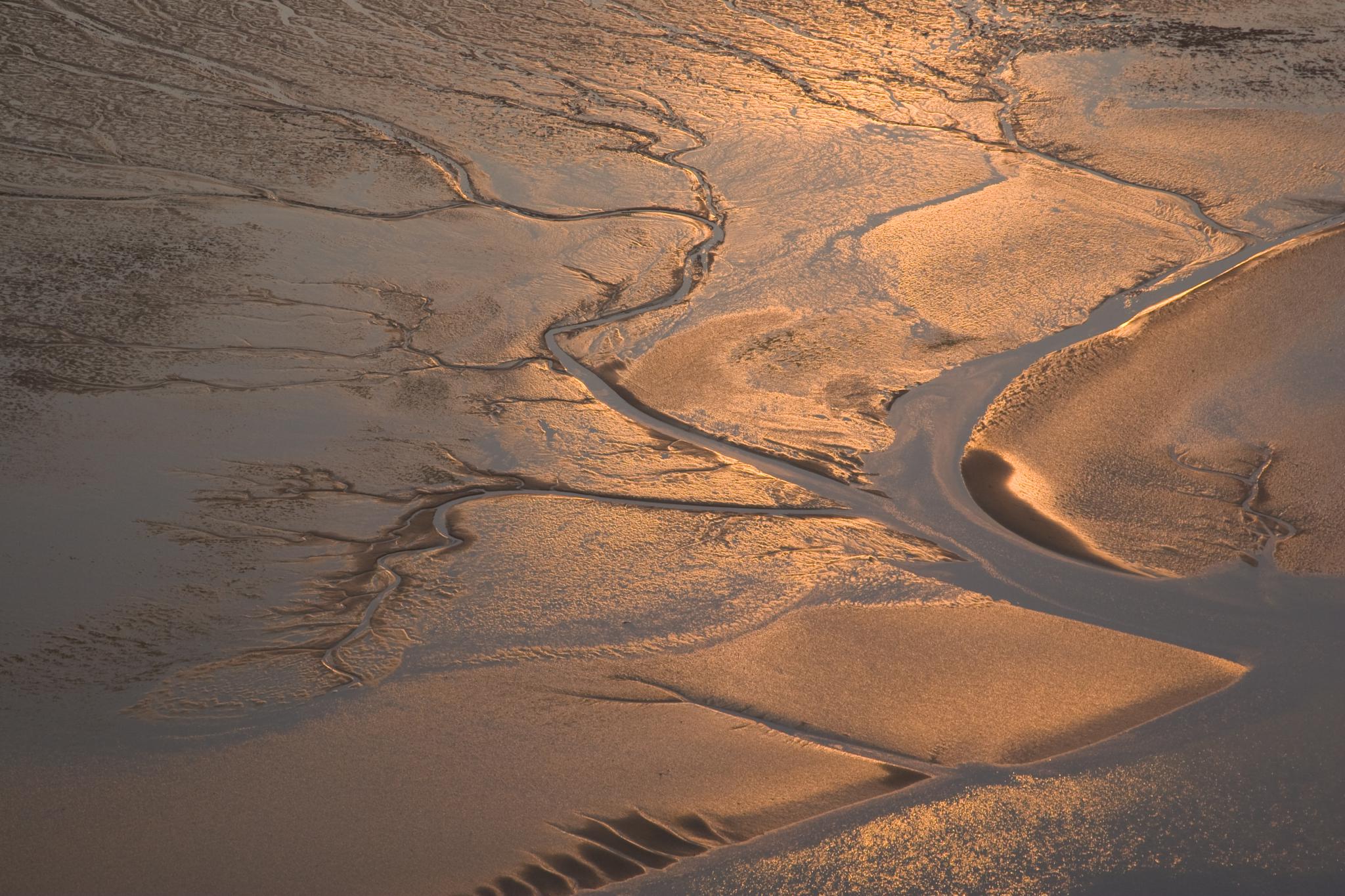|
|
| 2017 – Feasibility study for Liverpool Docks – Phase 1 (UK)
Peel Ports Group
The port of Liverpool is situated in the Mersey estuary and has to deal with the siltation problems that comes with it. Finding a solution which increases the depth, but does not increase the amount of dredged and deposited sediment is difficult. Applying nautical (active or passive) depth in the docks of Liverpool is can be the solution.
Semaso will be carrying out soil testing and providing consultation for the feasibility of implementing Active (or Passive) Nautical Depth in the Liverpool Impounded Docks (Phase 1).
Nautical depth – Nautical bottom
|
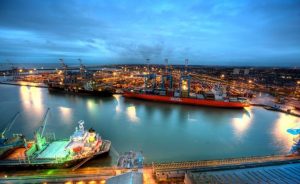 |
| 2017 – Feasibility study for the port of Bushehr (Iran)
Darya Negar Pars Company – PMO
The port of Bushehr has siltation problems and a considerately amount of sediment is currently dredged in the traditionally way each year and deposited. Semaso will be investiging the feasibility of implementing nautical depth (active and passive) in this port.
Nautical depth – Nautical bottom
|
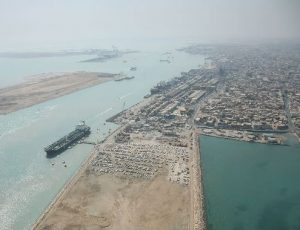 |
| 2017 – Sediment characterization in Breebaart polder (NL)
Pilot Kleirijperij – Ecoshape
The Pilot ‘Kleirijperij’, initiated by Ecoshape, needs to answer if the clay formation on land is a (profitable) solution for the sediment problem in the Ems-Dollardestuary en if it will provide a suitable raw material for save sea defense structures. SEMASO executed the fieldwork and laboratory analysis for the Breebaart polder, which is part of the Pilot.
Sediment sampling – Clay ripening
|
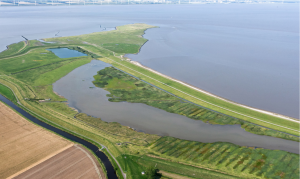 |
| 2017 – Erodibility of sand-mud mixtures at the bottom of tidal channels (NL)
Hanze University Groningen – Leo van Rijn Sediment
Determining the erodibility of mud and mixtures of sand and mud at the bottom of tidal channels is difficult. SEMASO together with the Hanze University and Leo van Rijn Sediment are executing various laboratory and field studies to determine the critical shear stress for erosion as a function of basic sediment and biological properties.
Download Abstract
Erodibility of mud – Flush lake
|
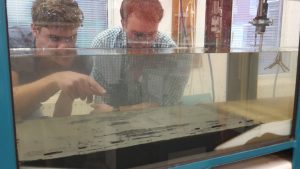
|
| 2017 – Dispersion behavior of dredged sediment (NL)
Dispersion of dredged sediment from the ports in the Netherlands is allowed in the Northsea under restrictions. The dispersion of dredged sediment (consolidated and unconsolidated clay) is only allowed when the material will be flushed underwater and it is able to follow the dynamics of the Northsea system in a natural way. The dispersion behavior of dredged sediment can be determined by performing several laboratory tests and analysing these within a assessment framework.
Dispersion dredged clay – Dredged clay
|
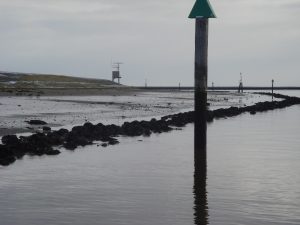 |
|
2016 – Nauernasche vaart (NL)
HHNK
Spraying sand on mud at the toe of the Nauernasche Vaart is an innovative method to increase stability of the quay and dike. Semaso monitores the consolidation of the mud.
Sand spraying – Consolidation of mud
|
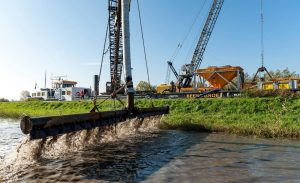 |
2016 – Delfzijl (NL) – Sediment characterization for ripening of clay (Pilot Kleirijperij) – Ecoshape
2016 – Ripening factor –Determination of the ripening factor of dredged material
2016 – Ebrie Lagoon (Ivory Coast) – Laboratory analysis on sediment samples – BMT Argoss
2016 – Leer (DLD) – Case study of the implemented under sediment pump
2016 – Khomeini and Bushehr (Iran) – Preliminary analysis sediment samples for implementation of Active Nautical Depth
2016 – Delfzijl (NL) – Feasibility study in implementing a permanently installed sediment pump in the entrance channel. – Groningen Seaports
2015 – Watchet (UK) – Rheological investigation of harbour sludge
2015 – Delfzijl (NL) – Phase 3 Second full scale field test – Sailing with negative underkeel clearance – Groningen Seaports [Download publication]
2014 – Atchafalaya (USA) – Rheological characteristics soil samples
2013 – Delfzijl (NL) – Phase 3 First full scale field test – Sailing above conditioned fluid mud layer – Groningen Seaports
2012 – Delfzijl (NL) – Phase 2 Simulator study and further investigation of mud conditions for the port of Delfzijl – Groningen Seaports
2011 – Delfzijl (NL) – Phase 1 Feasibility study for implementation of the KSN-method in the port of Delfzijl – Groningen Seaports
2008 – PIANC – Minimising Harbour Siltation
1975 – Rotterdam (NL) – Implementation of Passive Nautical Depth










